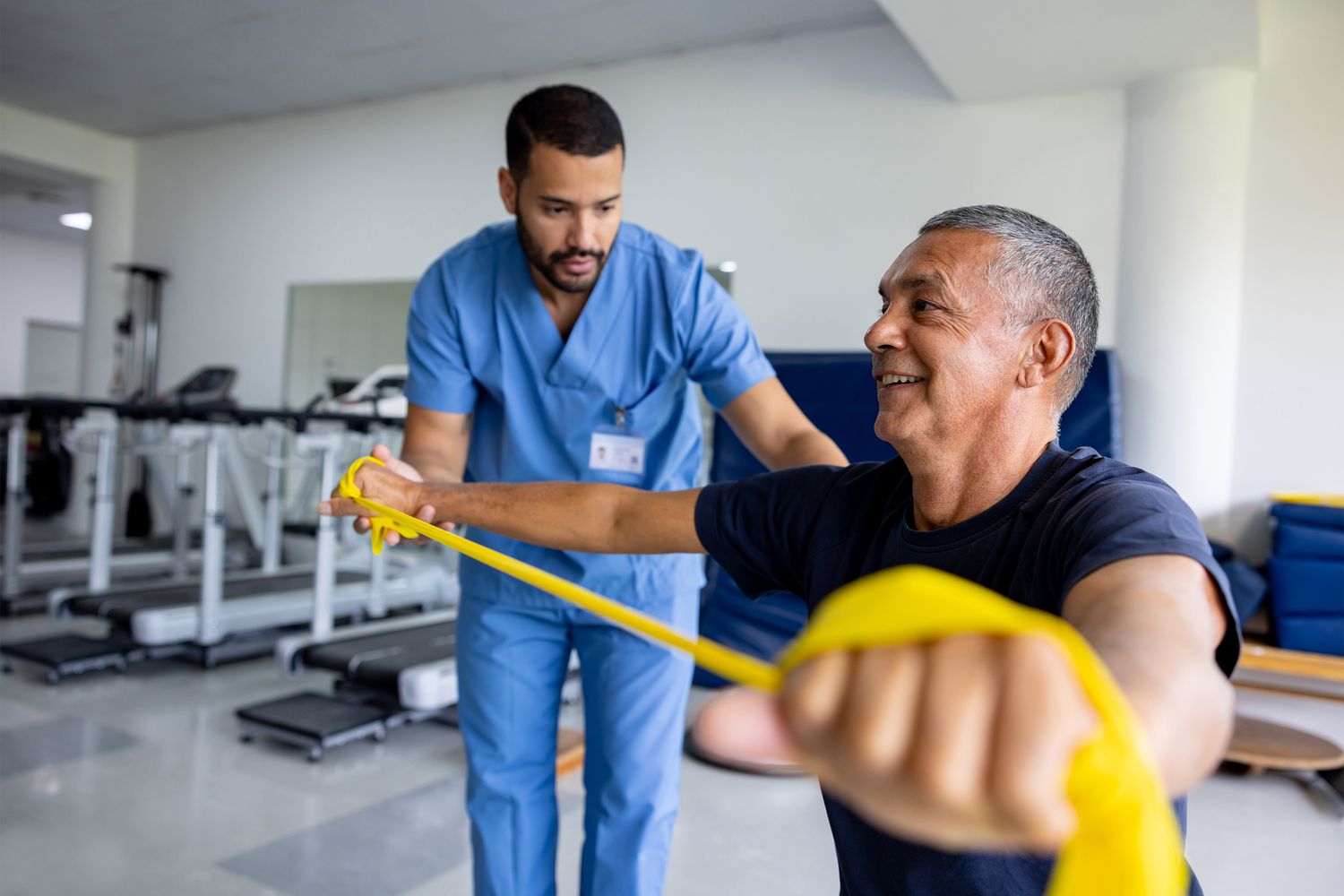The Doctor of Physical Therapy (DPT) degree is your ticket into this in-demand, rewarding, and future-proof profession.
But what does it take to become a licensed physical therapist in the U.S.? What are the costs, the time commitment, and the real career prospects? This article breaks it all down.
What Is a DPT and Who Offers It?
In the United States, the Doctor of Physical Therapy (DPT) is the required entry-level degree for practicing physical therapists. Since 2016, it has completely replaced previous master’s-level programs, establishing a standardized clinical doctorate across all 50 states.
Over 220 accredited DPT programs are offered nationwide through universities such as:
- University of Southern California
- University of Delaware
- University of Pittsburgh
- MGH Institute of Health Professions
- Mayo Clinic College of Medicine
All programs are accredited by CAPTE (Commission on Accreditation in Physical Therapy Education) and include rigorous clinical training across orthopedic, neurological, geriatric, pediatric, and cardiopulmonary specialties.
How Long Does It Take?
Most DPT programs last 3 years and require a bachelor’s degree for admission, along with prerequisites like biology, chemistry, anatomy, and statistics. Some schools also offer accelerated “3+3” programs, allowing high school graduates to earn both a bachelor’s and DPT in six years.
After graduation, students must pass the National Physical Therapy Examination (NPTE) and meet state licensing requirements. Many go on to complete optional residencies or fellowships in areas like orthopedics or sports medicine.
How Much Does It Cost?
DPT programs are a significant financial investment. Tuition can vary depending on whether the program is public or private, in-state or out-of-state.
| University | Total Tuition (approx.) |
|---|---|
| Mayo Clinic School of Health Sciences | $105,068 |
| University of Pittsburgh | $113,000–$120,000 |
| George Fox University (OR) | $118,110 |
| NYU Steinhardt | $181,770 |
| University of Connecticut (OOS) | $171,052 |
According to a 2024 survey, the average student loan debt for new DPT grads is around $84,000, with many carrying over $100,000 in loans if they attend private institutions.
What Do Physical Therapists Earn?
Despite the cost, the return on investment can be strong. As of May 2024, the median annual salary for U.S. physical therapists was $101,020, with the top 10% earning over $132,500.
Earnings vary by setting and location:
- Home health services: ~$108,000
- Hospitals and skilled nursing: ~$105,000
- Outpatient clinics: ~$94,900
- Top-paying states: California ($120,970), Nevada ($113,700), Connecticut ($112,930)
Why Is Physical Therapy in Demand?
The U.S. is facing a perfect storm of factors that drive demand for physical therapy:
- Aging population: Baby boomers are living longer and seeking non-invasive ways to maintain mobility and independence.
- Rise in chronic conditions: Conditions like obesity, diabetes, arthritis, and back pain require long-term rehabilitation.
- Post-surgical rehab: Patients recovering from joint replacements, strokes, or injuries often rely on PTs.
- Non-drug pain management: In the wake of the opioid crisis, physical therapy is now prioritized as a safer first-line intervention for pain.
The BLS projects that physical therapist employment will grow 14% from 2023 to 2033, adding more than 38,400 jobs. That’s much faster than the national average, indicating strong job security and consistent demand.
Is It a Future-Proof Career?
Absolutely. Here’s why:
- Autonomy is increasing: All 50 states now offer direct access, meaning patients can see a PT without a referral.
- Versatility: PTs can work in hospitals, outpatient clinics, schools, sports teams, home health, telehealth, and even open private practices.
- Specialization opportunities: With board certifications in areas like orthopedics, neurology, and women’s health, therapists can increase their expertise and income.
- Tech-resilience: While automation is transforming many jobs, physical therapy remains highly hands-on, personalized, and resistant to AI disruption.
Final Thoughts
If you're passionate about helping people move better, recover faster, and live pain-free lives — and you're willing to invest time and money into education — a DPT degree can offer a financially rewarding, personally meaningful, and professionally secure future.
Yes, the path is rigorous. Yes, the tuition is high. But the job prospects, salary, and demand for skilled PTs in America continue to rise — making it one of the most resilient careers in healthcare today.
Sources













